

Jagannath Ghat: This ghat was built in the 1760s by a famous merchant and trader of the time, Shobharam Basak, who named it after his family deity. It is believed that the Rabindrasangeet 'Banglar maati Banglar jol' was sung here for the first time by the bard’s family. It is also said that on the auspicious day of Raksha Bandhan, the Tagores bathed at this ghat, donned new clothes and tied rakhis on the wrists of those gathered. The ghat stands close to the famous flower market of Mullick Ghat.
Amit Datta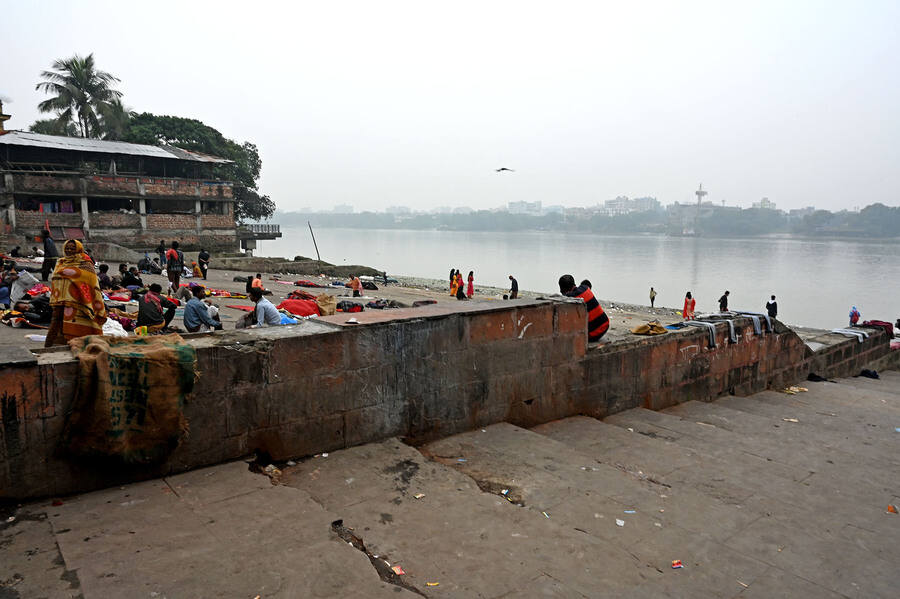
Nimtala Ghat: In the words of 19th-century poet and dramatist Dinabandhu Mitra, 'Samadhi Shamshan' (popularly known as the Nimtala Ghat), is the ghat that never sleeps. Nimtala has witnessed the last journey of many greats including Rabindranath Tagore, Acharya Prafulla Chandra Ray and Tarashankar Bandopadhyay. Nimtala is also famous for its always-busy Baba Bhootnath Dham temple that poet Shakti Chattopadhyay is said to have visited with his American peer Allen Ginsberg.
Amit Datta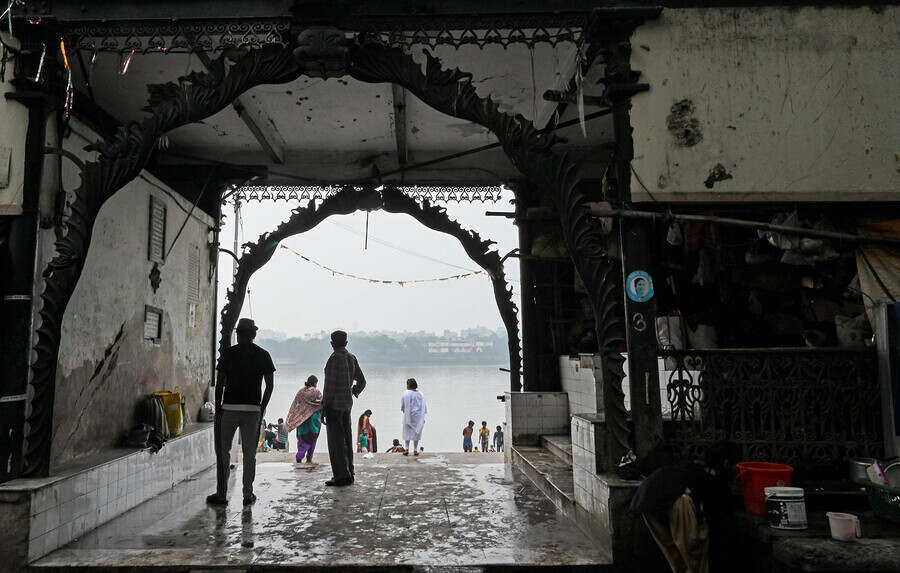
Pathuria Ghat: The history of Pathuria Ghat dates back centuries. The government maps of the area from the late 18th century show the presence of this ghat. There are many theories behind its name, one of which is that it was named for its building material of stone ('pathor'). The stones were brought by boat and were then used to build the ghat.
Amit Datta
Ahiritola Ghat: Ahiritola Ghat got its name from the purpose of its use. The word 'ahir' refers to milkman or milkmaid, and the ghat was used by them to bathe their cows and buffaloes. Now, the relatively clean and well-kept ghat is used for 'visarjans'. The ghat opens at 5.30am and is operational till 9pm, providing regular ferry services to Bandhaghat, Bagbazar and Howrah Station.
Amit Datta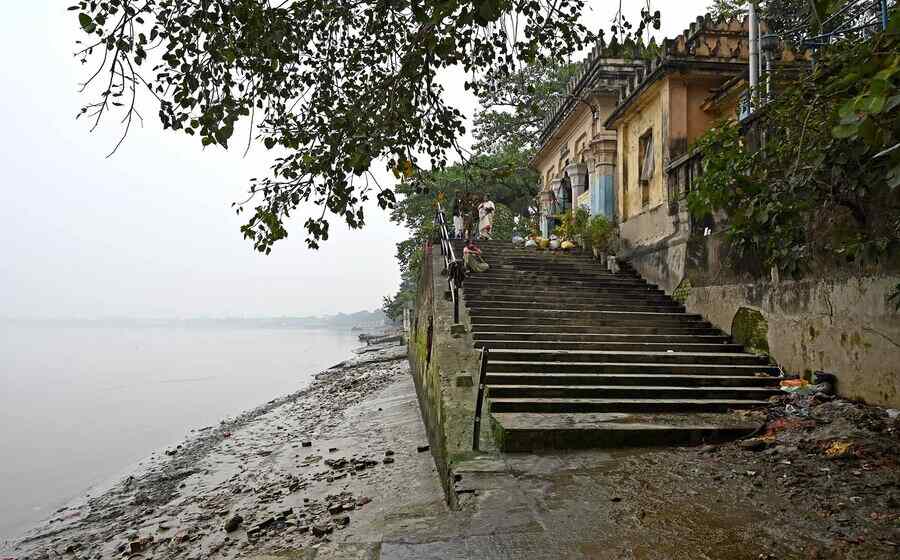
Kumartuli Ghat: One of Kolkata’s most famous spots is the idol-makers’ neighbourhood of Kumartuli. The word 'tuli' comes from 'tola' or neighbourhood and the 'kumar' or 'kumor' were the potters and idol makers who shaped the earth. The ghat of this 'para' is where sculptors would receive the boats carrying their raw materials – earth, clay and sometimes bamboo straws.
Amit Datta
Bagbazar Ghat: Just a little away from Kumartuli Ghat is the Bagbazar Ghat. Two temples, dedicated to Shiva and Lokenath Baba, stand along this ghat. Though now known as Bagbazar Ghat, the original name of this ghat was Raja Rajballabh Ghat, named after Rajballabh Sen — a well-known philanthropist and key political figure in the Bengal of Mir Jafar and Siraj-ud-Daulah. He gifted this ghat to the general public for their use.
Amit Datta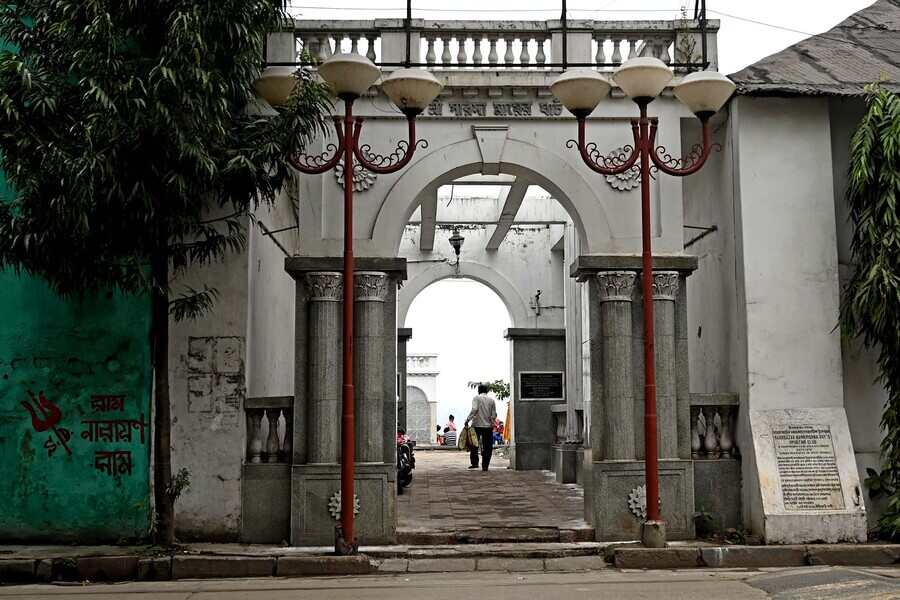
Sarada Ghat or Mayer Ghat: Adjacent to Bagbazar Ghat is Mayer Ghat, or Ma Sarada’s ghat. A short walk from Sri Sri Mayer Bari or Mother’s House, where Ma Sarada lived for a long time, this is where she would bathe when she came to the Udbodhan Patrika office. It is one of the many ghats built on both banks of the Ganga dating back to the mid-1500s, when the Portuguese and Dutch traded from these ports.
Amit Datta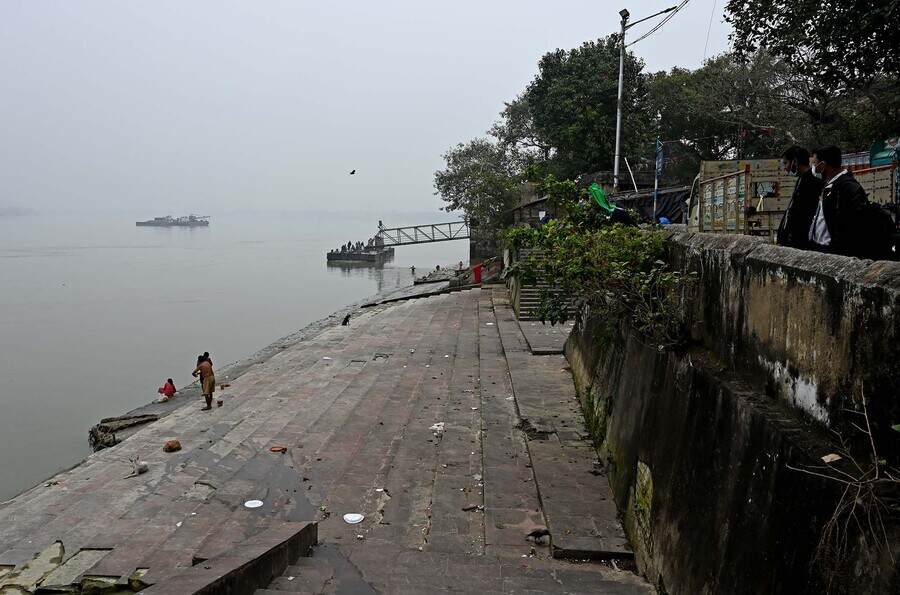
Sovabazar Ghat: Sovabazar is famous for the Sovabazar Rajbari, where Nabakrishna Deb started a Durga Puja in 1757. The ghat was built by the Debs for use by the family and locals. When seen from atop the adjacent bridge in the morning, the ghat, covered in huge baskets of flowers looks beautiful. The old houses lining the ghat’s entrance and the Cossipore Gun and Shell Factory on the opposite side give a glimpse of a Kolkata from a bygone era.
Amit Datta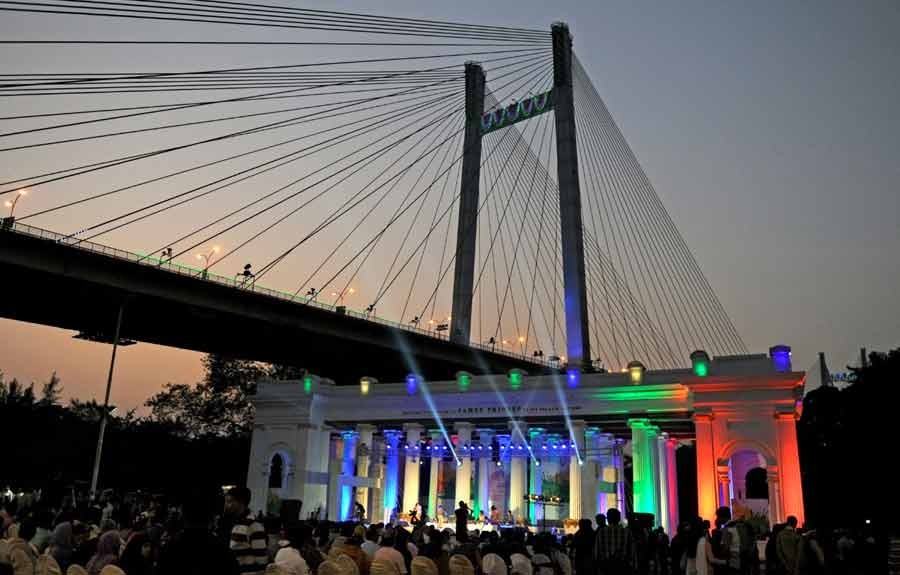
Prinsep Ghat: Prinsep Ghat was built in the memory of English scholar James Prinsep after his death, in 1841. Located between the Water Gate and the St George's Gate of Fort William, the monument is rich in Greek and Gothic inlays. One of the oldest and most-popular recreational spots of Kolkata, it was restored in November, 2001, and has since been well-maintained. Prinsep Ghat also has a railway station, a part of the Kolkata Circular Railway.
Amit Datta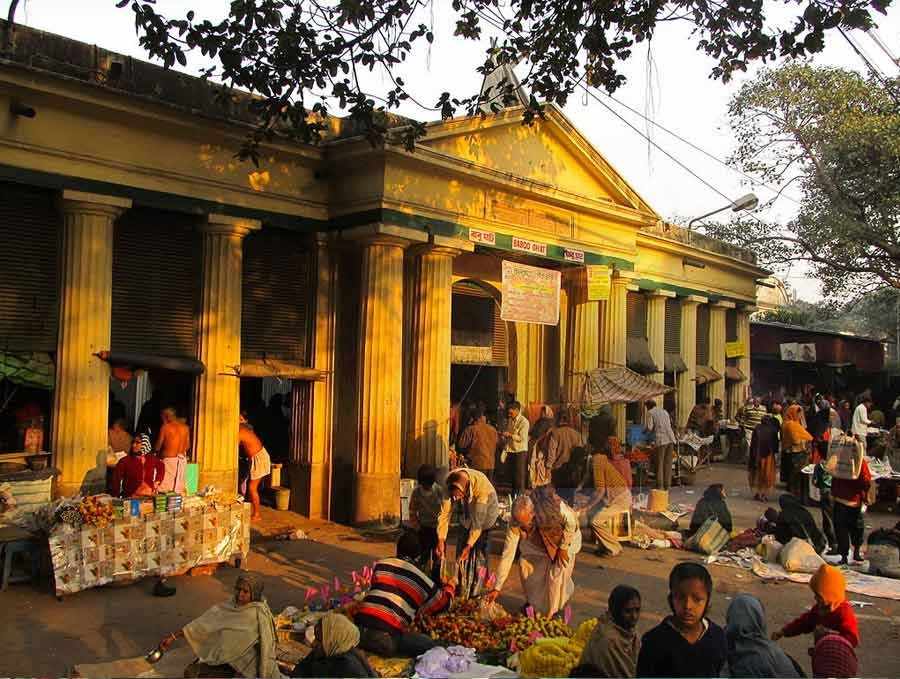
Babughat: Babughat is the shortened name for Babu Raj Chandra Ghat. Raj Chandra Das was the husband of Rani Rashmoni, who built the ghat in his memory in 1830. 'Ganga jal' was taken from here to the Janbazar house of Rani Rashmoni for pujas. It is said to be the second-oldest ghat of Kolkata. The circular rail runs beside this ghat too. Styled after Greek architecture with large pillars, the ghat is still thronged by visitors and travellers who catch a ferry here to cross the river to reach Howrah Station on the other bank.
Biswarup Ganguly